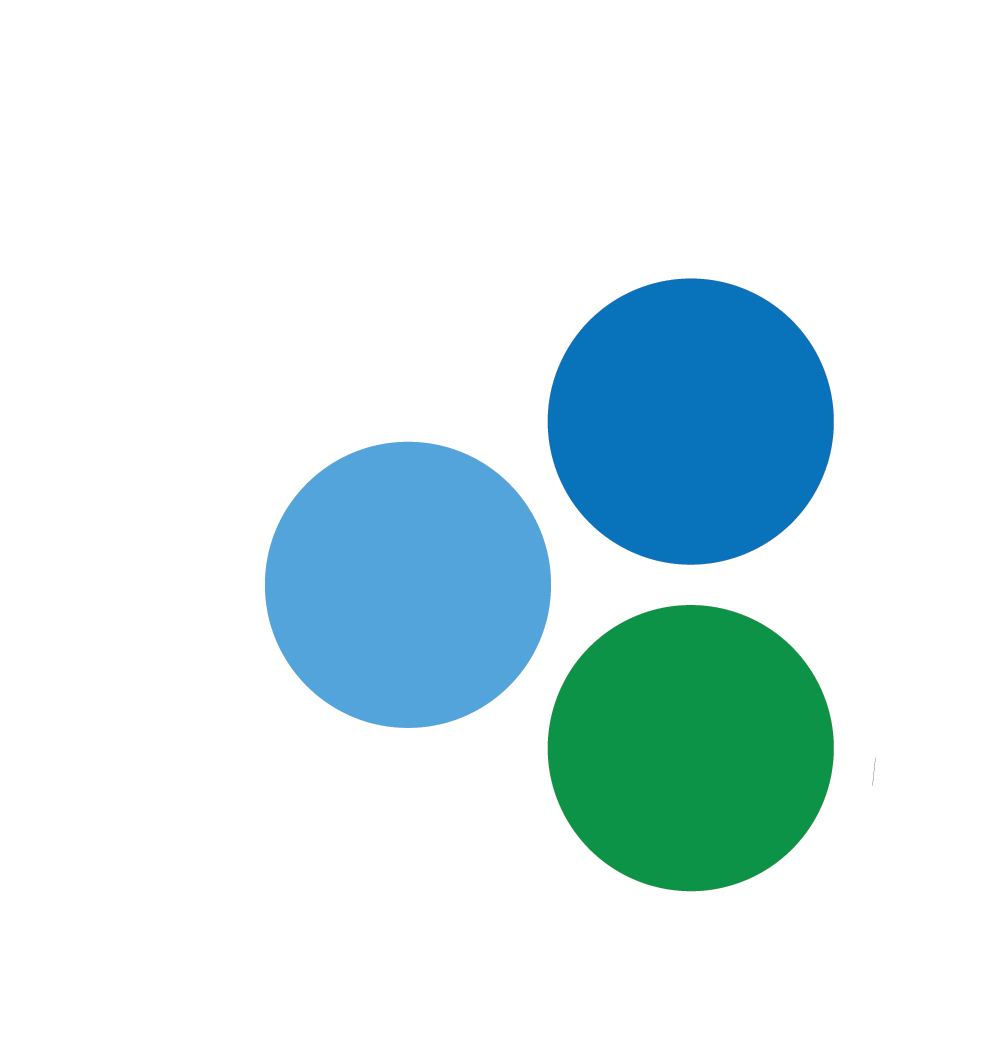https://www.bio.nat.tum.de/en/e14/home/
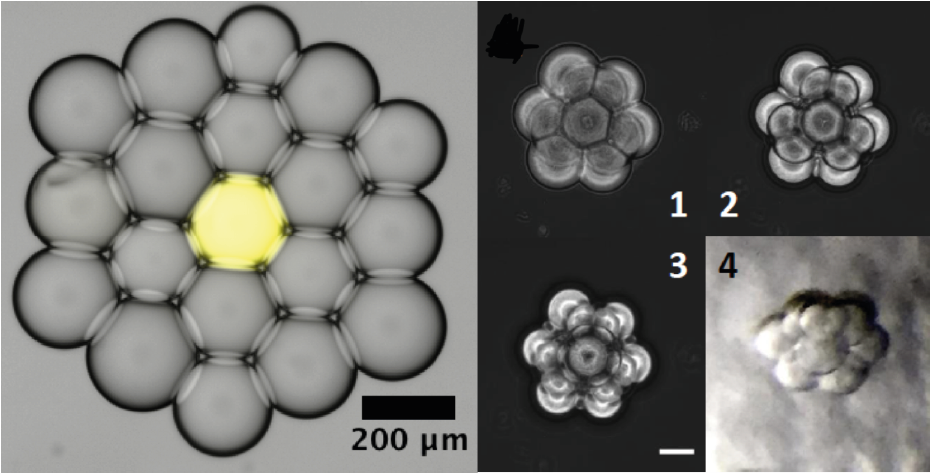
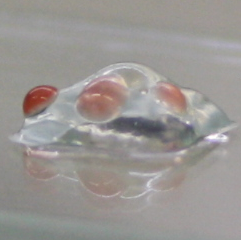
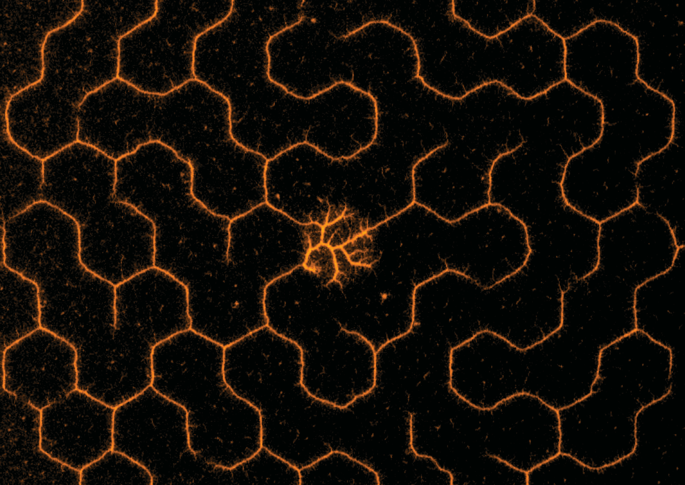
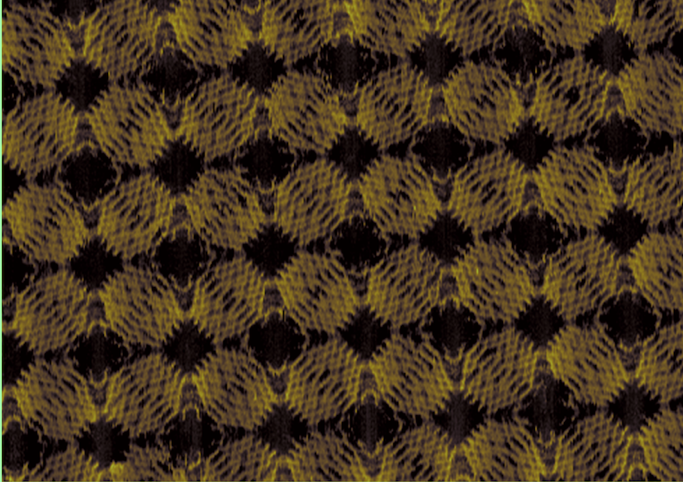
Biological structures and patterns are generated by self-assembly and self-organization of macromolecules (RNA, proteins, lipids). One can think of these structures as the result of the execution of a molecular code (DNA sequences) in an appropriate physical environment. While the information stored in DNA is important to specify, which molecules to generate, and when, boundary conditions and physicochemical effects determine, how the molecules organize in space – which in turn feeds back on the execution of the code.
We are interested in leveraging the power of such an “information-based chemistry” (DNA nanotechnology and synthetic biology) for technological purposes and hence enhance the capabilities of conventional biofabrication methods such as microfluidics and 3D printing – e.g., to generate smart, DNA-programmable bioinks (1), to realize active, self-organizing materials and surfaces (2), or to mimic developmental processes to realize autonomous, self-differentiating materials (3). Vice versa, we wish to utilize additive manufacturing and microfabrication techniques to set appropriate boundary conditions to allow biological self-organization phenomena to unfold in externally controlled environments (4, 5). We thus envision technological biohybrid systems that combine the “best of two worlds” – top-down external control and bottom-up self-organization and autonomy.
Our experimental approach involves a combination of DNA nanotechnology, DNA-based molecular programming, cell-free and bacterial gene expression, combined with various biophysical characterization, microfabrication and printing techniques, which allows us to generate synthetic biological structures at length scales ranging from 10 nm up to 1 mm.
References
- J. Müller, A. C. Jäkel, D. Schwarz, L. Aufinger, F. C. Simmel, Programming Diffusion and Localization of DNA Signals in 3D-Printed DNA-Functionalized Hydrogels. Small 2020, 347, 2001815-2001810
- A. Aghebat Rafat, S. Sagredo, M. Thalhammer, F. C. Simmel, Barcoded DNA origami structures for multiplexed optimization and enrichment of DNA-based protein-binding cavities. Nature Chem. 2020, 12, 852-859
- A. Dupin, F. C. Simmel, Signalling and differentiation in emulsion-based multi-compartmentalized in vitro gene circuits. Nat. Chem. 2019, 11, 32-39
- G. Pardatscher, M. Schwarz-Schilling, S. S. Daube, R. H. Bar-Ziv, F. C. Simmel, Gene Expression on DNA Biochips Patterned with Strand-Displacement Lithography. Angew. Chem. Int. Ed. 2018, 57, 4783-4786
- J. Henningsen, M. Schwarz-Schilling, A. Leibl, J. A. M. Guttierez, S. Sagredo, and F. C. Simmel, Single Cell Characterization of a Synthetic Bacterial Clock with a Hybrid Feedback Loop Containing dCas9-sgRNA. ACS Synthetic Biology 2020, 9, 3377-3387
